OpenAI's GPT products are currently a hot topic. Keeping up with the rapid pace of their releases and updates can be challenging. With so many new terms and developments surrounding GPT-3, ChatGPT, ChatGPT API, and GPT-4, it's easy to feel confused.
In this article, we will explore the differences between GPT-3, ChatGPT, ChatGPT API, and GPT-4, and how they can be applied to your business. We will highlight the key features and capabilities of each product, and provide examples of how businesses have successfully implemented them.
By the end of reading, you will have a better understanding of how GPT products can benefit your business and improve your operations.
What is ChatGPT?
ChatGPT became a sensation immediately after its release, generating huge traffic that made it challenging to even log in and try it out. Just a week after its launch, it already had over 1 million users.
It seems that ChatGPT was created to popularize OpenAI's language models. The family of GPT models had existed for quite a while but was not something that everyone talked about. They were rather a thing for developers only.
Then, OpenAI released ChatGPT, a simplified and lighter version of the same technology. It blew up and suddenly everyone was itching to give it a shot. OpenAI not only provided its users with a taste of the technology, but also allowed them to define how to use it. This provided the creators with necessary insight for further development.
People became so obsessed with it that they started calling almost every technology from OpenAI "ChatGPT."

Let's clarify this whole situation by separating ChatGPT, the ready-to-use chatbot, and ChatGPT API, the technology that can be integrated into products.
ChatGPT, the web app
ChatGPT is a web application chatbot available at OpenAI website. It was launched in November 2022. At the moment, the chatbot is based on the conversational language model GPT-3.5 for the free version and GPT-4 for the paid version ($20 per month). This chatbot is a ready-to-use product that can only be used in browsers.

ChatGPT processes text by predicting the next word in the sequence based on patterns learned from a large dataset. The GPT model behind this app is trained on a large amount of data using both supervised learning and reinforcement learning.
In supervised learning, the model was provided with conversations where human trainers played the role of both the user and the AI assistant. In reinforcement learning, human trainers ranked the responses generated by the model in previous conversations, and these rankings were used to create reward models for further fine-tuning the model using Proximal Policy Optimization (PPO).
ChatGPT is able to answer questions, translate and analyze text, produce code or find errors, and even write a song in the style of a specific person.
To improve ChatGPT's performance, OpenAI collects data from users' feedback. Users can upvote or downvote ChatGPT responses or provide additional feedback through a text field.
ChatGPT API
To create a ChatGPT-like experience within your website or app, you will need a ChatGPT API. It was released by OpenAI in March 2023.
The API uses the new model called GPT-3.5-turbo. It is priced at $0.0015 per 1k input tokens and $0.002 per 1k output tokens for 4k context, which is 10 times cheaper than the existing GPT-3 models. 16k context will cost you $0.003 per 1k input tokens and $0.004 per 1k output tokens. This model is currently the best for chatbots. Recently, OpenAI has enabled fine-tuning for this model to make it more customizable. The price for fine-tuning includes the initial training and usage cost: training - $0.008 per 1k tokens, usage input - $0.012 per 1k tokens, usage output - $0.016 per 1k tokens.

Early testers have switched from text-davinci-003 to GPT-3.5-turbo with minimal prompt adjustments. In contrast to traditional GPT models that process unstructured text as a sequence of "tokens," ChatGPT models handle a sequence of messages along with associated metadata.
How to use ChatGPT for business?
As ChatGPT technology is rapidly expanding, it already has many known use cases and many more yet to be discovered. Below are some examples of use cases and projects powered by ChatGPT, including the web app and ChatGPT API.
ChatGPT web app
First of all, this technology can be used for virtual assistance. It provides information quickly and efficiently with great analyzing skills. For instance, the chatbot can give you detailed information about your trip, including sightseeing options and the best routes based on your preferences.
The second most popular strategy is to use it for content creation, such as product descriptions, articles, or marketing materials. It can also write email and messaging responses, reducing the workload on customer service teams.

ChatGPT API
Although discussions about integrating ChatGPT into various applications began shortly after its initial release, OpenAI waited almost a year before launching the API. Now everyone can properly integrate ChatGPT with their business.
Among the first adopters of this API are:
- Snapchat utilizes the ChatGPT API in ‘My AI’ chatbot for recommendations and other entertaining purposes in daily communication, such as writing poetry. This feature is available exclusively for Snapchat+ users.
- Quizlet uses ChatGPT in Q-Chat for fully-adaptive AI tutoring making learning fun. The AI creates questions for students based on relevant study materials.
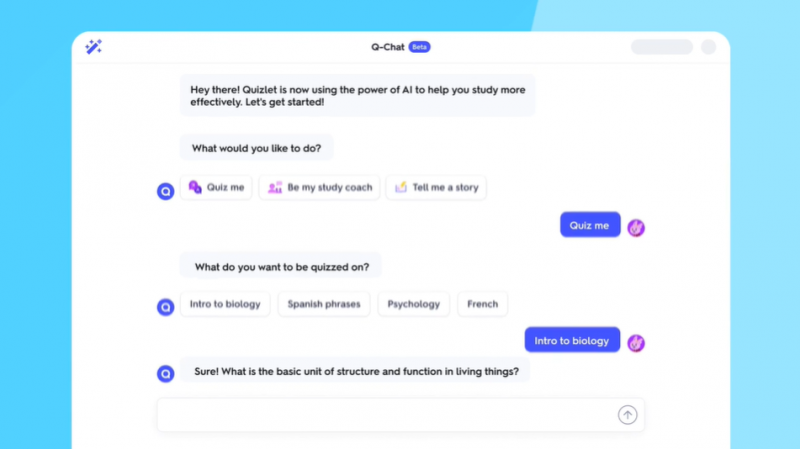
- Instacart uses ChatGPT to enhance its own AI and product data, helping customers discover new ideas and recommending items to buy. The AI can answer questions such as "What is the best lunch for kids?" and provide shoppable ingredients for it.
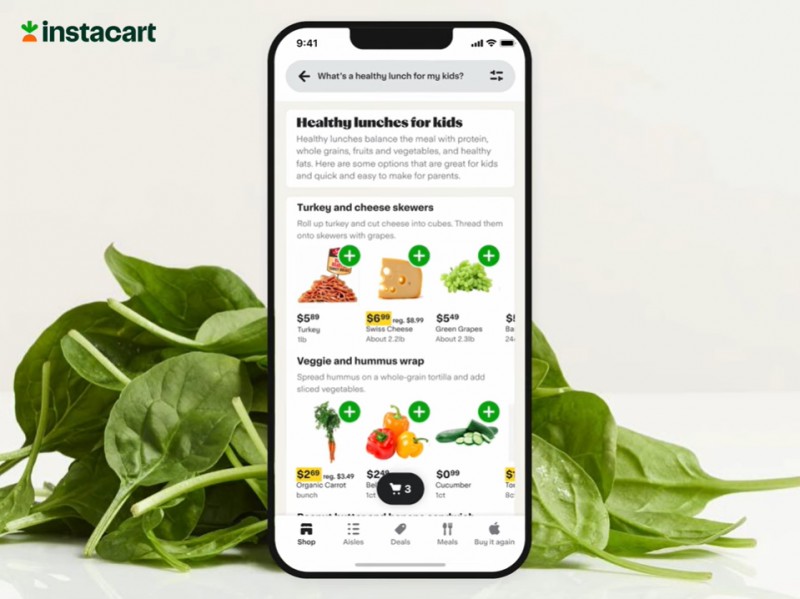
- Shop, the consumer app for Shopify, uses ChatGPT as an AI shopping assistant that makes personalized recommendations. The AI scans millions of products to find what buyers need and recommends other products they might like.

We at Greenice are currently using ChatGPT API for the chatbot on our website (AI Assistant). We switched to this API after trying out GPT-3, as it turned out to be much better suited and more cost-effective. Our chatbot can answer questions about us and our services, and can even set up a call with one of our human managers if needed. Give it a try!
Integration of ChatGPT solved the problem of showing essential information from the chatbot’s communication with a client. Basically, this process now has two steps:
- The chatbot interacts with a user.
- ChatGPT collects data, analyzes the conversation, and finds vital data, like the user’s name, email, and time for a meeting (even if it was suggested by the chatbot itself, not by the user).
To put it simply, ChatGPT integration solved the problem of analyzing unstructured data. And that is a breakthrough.
Want to integrate ChatGPT into your product?
Contact UsWhat is GPT-3?
GPT-3 (Generative Pre-trained Transformer) is a language model developed by OpenAI in 2020. It generates text using a process called autoregression, which involves predicting the next word in a sequence based on the previous words. This is a common feature among all GPT products that we mention here.
GPT-3 was trained on a large and diverse dataset, including the Common Crawl, which contains over 60 trillion words from websites and other online sources. This allowed GPT-3 to learn from a wide range of text sources and produce more human-like responses than previous models. When given a prompt or input text, the model can use its pre-trained knowledge to generate text.
GPT-3 offers four basic models with varying complexity. Ada is the simplest and can only follow basic instructions, while Davinci is the most advanced and capable. The price for each model is based on 1,000 tokens:
- Ada: $0.0004 for training / $0.0016 for usage
- Babbage: $0.0006 for training / $0.0024 for usage
- Curie: $0.0030 for training / $0.0120 for usage
- Davinci: $0.0300 for training / $0.1200 for usage
One unique feature of GPT-3 is that it cannot simply be installed and used. It requires fine-tuning.
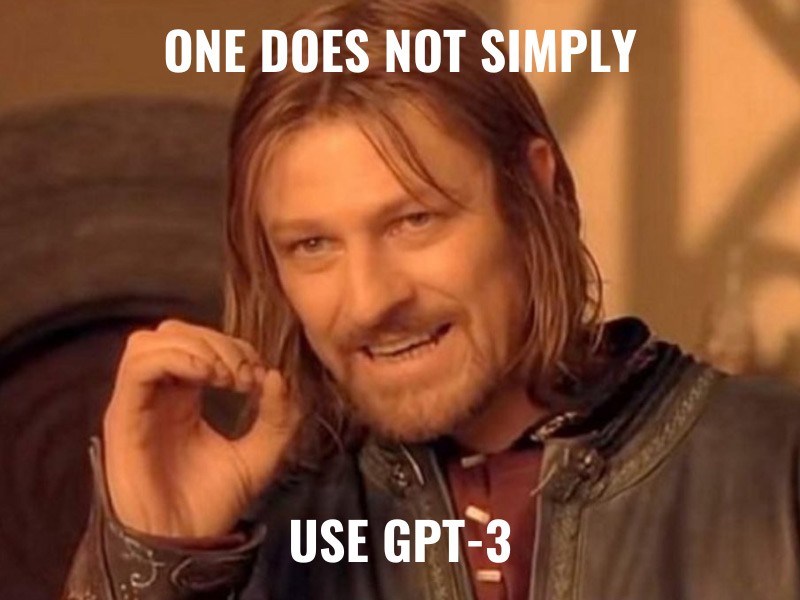
Fine-tuning a model for a specific task involves training it on a smaller dataset, so that it can respond appropriately to specific requests. For example, it can provide a company's contact information or offer available meeting times when a user wants to schedule a meeting. This part of the development process is usually the most time-consuming when building a GPT-3 based product.
If you would like to learn more about GPT-3, we have an article on this topic that discusses the advantages and disadvantages of this model, how to integrate it, and the associated costs.
How to use GPT-3 for business?
GPT-3 is a powerful tool with many possible use cases. To utilize its capabilities, you need to install the API, which is available on the OpenAI website. Here are some examples of how entrepreneurs use GPT-3 technology:
- ABtesting.ai offers automated text suggestions for A/B testing, powered by GPT-3, for headlines, copy, and calls to action.
- Viable - uses GPT-3 to analyze and summarize customer feedback for businesses. The AI identifies themes and sentiment from reviews, live chat logs, surveys, etc. to provide valuable insights.
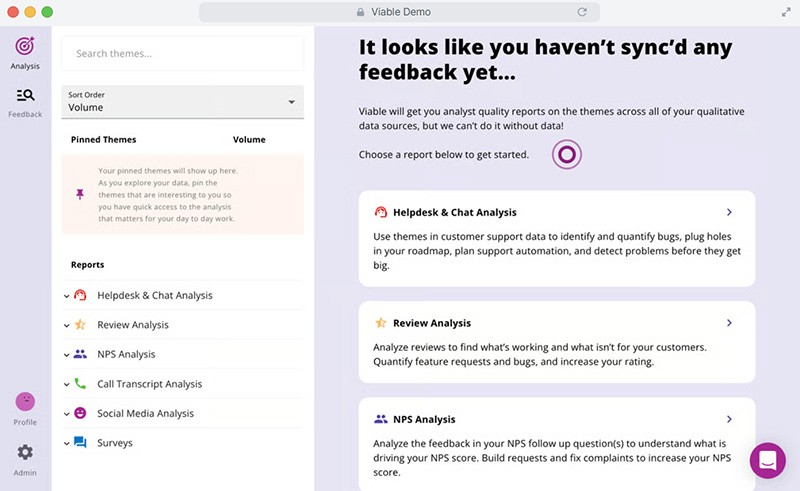
- Fable Studio creates virtual reality characters using this model, which powers a new genre of interactive stories where people can have dialogues with characters like Lucy from “Wolves in the Walls”.
- Algolia employs GPT-3 in Algolia Answers for search and discovery. The technology helps the company better understand customers’ requests.
- Latitude uses GPT-3 technology in an AI Dungeon web game. Users can create unique stories by navigating them with text and changing the scenery to their imagination.
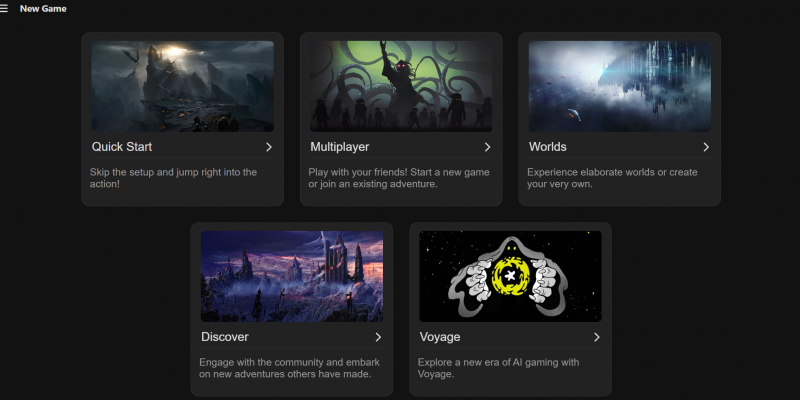
At Greenice, we have developed the first version of our AI Assistant chatbot using GPT-3. Initially, we adopted the GPT-3 Davinci model and created a database of "hints" to fine-tune the technology and provide relevant answers to users. However, we encountered some challenges with GPT-3. It sometimes gave non-existent links and suggested fixed meeting times instead of offering multiple options. Additionally, it even generated hallucinations.
Despite these obstacles, we were able to launch a beta version on our website, which had an accuracy of roughly 50%. However, due to the high costs and lower-than-expected accuracy, we decided to switch to the ChatGPT API (GPT-3.5 turbo).
What is GPT-4?
GPT-4 is the largest language model released by OpenAI in March 2023. It responds both to text and images. But OpenAI, who now is a for-profit organization, keeps the precise size of the model a secret. Some experts assume that it might have up to 100 trillion parameters.
GPT-4 excels at collaborating with people to create different types of writing, such as songs or scripts. It can even understand your individual writing style. Additionally, it has the ability to examine pictures and either describe or analyze them. Furthermore, it is capable of handling lengthy pieces of writing, making it useful for tasks such as extended conversations or reading through documents.
OpenAI claims that they’ve reconstructed their deep learning system and collaborated with Azure to design a new supercomputer for their workload. They’ve identified and addressed many bugs and shortcomings of the GPT-3.5 version. This led to a stable and predictable training process for GPT-4. The company plans to refine their methodology to predict and prepare for future capabilities in advance to ensure safety while scaling their technology.
For GPT-4, OpenAI used reinforcement learning via human feedback as they did with ChatGPT. Users scoring helped to improve future output of the model.
This model is more sensitive to the tone of voice, understands memes, and passes most of the exams as one of the promising students.
How to use GPT-4 for business?
GPT-4 is currently the most advanced model available. While it still works with text and code, like its predecessors, it also has the ability to analyze images. You can access the model's API through OpenAI website.
Several companies have already adopted GPT-4, including:
- Duolingo uses AI as a conversation partner for language learners. Another AI-powered feature explains to users what’s wrong when they make mistakes.
- Be My Eyes uses AI for Virtual Volunteer to transform visual accessibility. The technology acts as an assistant for visually impaired people, helping with everyday tasks like identifying products and navigating locations. The image understanding feature of GPT-4 is particularly valuable for this app.
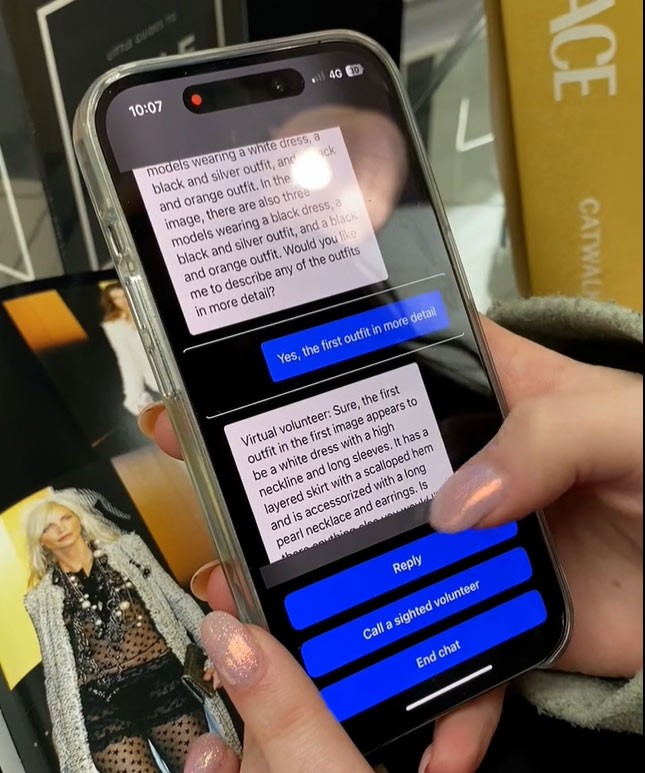
- Stripe uses AI to improve user experience and fight against fraud. The tool performs an analysis of how each website uses Stripe and creates a summary to customize customer support. It also identifies malicious activity among users. Additionally, an AI assistant is available to efficiently answer user questions related to documentation.
- Morgan Stanley, a wealth management company, has created an AI-powered chatbot utilizing GPT-4 technology. This chatbot is designed for internal use and searches through a vast database of company content, helping personnel effectively use their knowledge.

- Khan Academy uses AI in education to power its Khanmigo assistant. This tool serves as both a tutor for students and a classroom assistant for teachers. The AI technology can engage in personalized conversations with students, encouraging them to think more deeply about the content they are learning. Additionally, it can help teachers prepare materials for classwork.

- Iceland Government uses AI to preserve language. Fearing the extinction of their language, the Government of Iceland focuses on reinforced training of GPT-4 using Icelandic language. This will provide future opportunities for local companies to apply GPT-4 using Icelandic instead of English.
- Bing’s AI chatbot is also powered GPT-4. Microsoft adopted the technology in 2023 as a main investor. New Bing even became a threat to Google search engine. Microsoft also has added a Bing AI chatbot to the Edge browser's sidebar. To start a chat with the AI assistant, simply click a button.
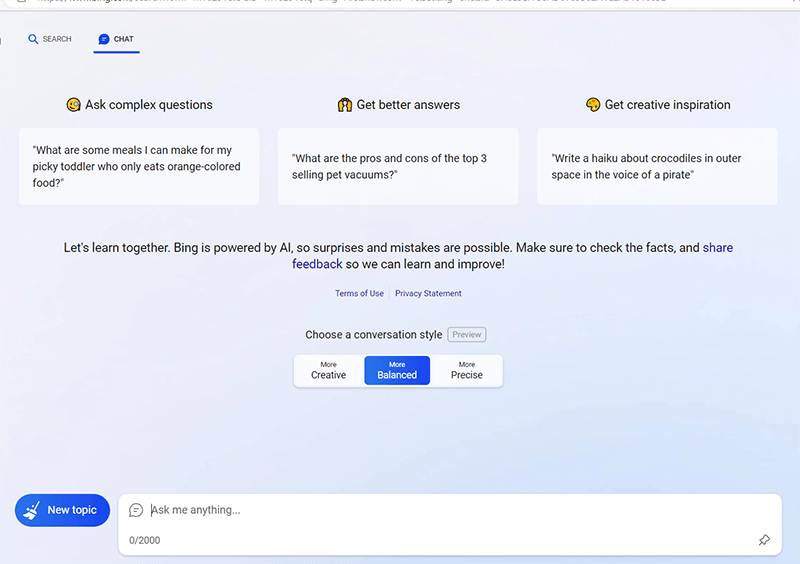
- ChatGPT Plus offers an improved experience for users interacting with GPT-4 through the paid version of ChatGPT. This includes better safety, higher accuracy, fresher data, and image analysis capabilities.
Potential concerns and limitations
While ChatGPT, GPT-4, and GPT-3 are advanced technologies, they are not flawless. Here are some limitations and concerns:
Outdated or unreliable knowledge
GPT-3, 3.5, and 4 models don't know the most recent events, though GPT-4-Turbo is updated to April 2023. They might not do well with new or unknown information and might give wrong answers.
Although ChatGPT still has room for improvement, it has shown progress in becoming more aware of recent events, such as the war in Ukraine. Bing's AI assistant, which uses GPT-4 and searches the web for answers, also appears to be up-to-date on current events. Additionally, it provides citations in case you need to check the source. The ChatGPT API, which is built on the gpt-3.5-turbo model, also produces slightly more accurate results than GPT-3.
Another problem is that language models can use information from unreliable sources that are full of fake news and conspiracy theories.
Prompt length
GPT models can be easily confused if your prompt becomes too complicated or if you go down a niche road. For example, GPT-3.5 can’t keep up with your conversation after about 8,000 words. This is why many jokes about its fish-like memory exist. It is even worse for GPT-3, which is limited to 1,500 words.
However, GPT-4 memory is about 25,000 words, making it a much more capable model, especially in combination with its ability to pull text from web pages if you provide it with a link. The Turbo model has even more advanced capabilities.
Bias
GPT-3 and 3.5 models may reflect and perpetuate societal biases. This can lead to biased or unfair responses when the model is used in certain applications. However, GPT-4 shows more promising results. It is 82% less likely to respond to requests that are disallowed by OpenAI policy. This makes this model safer for users in general.
Ethical concerns
This technology has the ability to generate text in the voice of a person, group, or organization. While it has useful applications, such as generating marketing content in a brand's style, it can also be used maliciously to impersonate others (e.g., congressmen or celebrities) and spread false information.
Additionally, it can be used to write phishing emails and malware. Some schools have already banned ChatGPT to prevent dependency on automated content generation and avoid plagiarism. It is important to note that these models are based on patterns and structures seen during pre-training, and their creativity is questionable.
Security issues
GPT models require input text to be sent to the cloud for processing. This raises concerns about data privacy and security, as well as the possibility of data breaches. For example, Italy blocked ChatGPT to avoid risks to user personal data.
Required resources
GPT-family are all large models and require significant computational resources to run, which could limit their use in certain environments or applications. For example, ChatGPT is often overwhelmed with traffic, and users of the free version can’t reach the service in peak hours.
Accuracy
One of the biggest issues with GPT-3 is its tendency to produce false information and nonsensical answers. According to a benchmark, it is truthful only 58% of the time. This behavior is referred to as "hallucination". The model lacks the ability to understand the context of the input text, which can result in generated text that is inappropriate or irrelevant to the situation. Moreover, it lacks a human-like understanding of the world, making it challenging to answer questions that require common sense. ChatGPT has a similar problem and occasionally produces absurd answers. According to a study, its accuracy is no higher than 60%.
GPT-4 is better in this regard. OpenAI swears that this model is 40% more likely to produce factual information than GPT-3.5. This makes its accuracy rate over 80%.
GPT models have shown to be a powerful tool in Natural Language Processing. However, it's important to keep in mind that they are not able to understand the meaning of the input text. They just generate text based on patterns seen during pre-training. As with any AI-based technology, you should use it responsibly and be aware of its limitations.
Nevertheless, OpenAI keeps working on their technologies, so probably many of the challenges above will be overcome in the future. Or maybe, even by the time you read this article, as OpenAI seems to launch new products at the speed of light.
ChatGPT (API) vs GPT-3 vs GPT-4 comparison
To gain a clearer understanding, let's compare the APIs of those models:
| Comparison | ChatGPT API (GPT-3.5-turbo) | GPT-3 | GPT-4 |
| Launch date | March 2023 | June 2020 | March 2023 |
| Model size | 20 billion parameters | 175 billion parameters | not revealed, might be 100 trillion parameters |
| Capabilities / Use cases | mainly used for chatbots and text generation | chatbots, content creation, advanced search. Can be used for a variety of industries, but cautiously with high-stakes areas like healthcare | ChatGPT and GPT-3 capabilities, + image and audio analysis with text output. Can be used for industries from finances to pharmaceutical, but still needs supervision |
| Pricing |
$ - 4k context - $0.0015 per 1k input tokens, $0.002 per 1k output tokens |
$$ - Price for 1,000 tokens for each model (for training/for usage) is: Ada - $0.0004/ $0.0016 Babbage - $0.0006/$0.0024 Curie - $0.0030/$0.0120 Davinci - $0.0300/$0.1200 |
$$$ - The pricing for stable versions is to be announced later. Current trial version price per 1,000 tokens (for prompting/for completion): gpt-4-8K - $0.03/$0.06 gpt-4-32K - $0.6/$0.12 turbo - $0.01/$0.03 |
| Accuracy | 58%, trained on data up to 2022 | <60%, can be trained but often hallucinates | >80%, data-driven, can be easily updated |
To sum up, the ChatGPT API is the most lightweight and cost-effective version among OpenAI products. Compared to GPT-3, it is easy to integrate and does not require fine-tuning, though it's still possible to do it to customize the model. GPT-4 is the latest and most advanced version of the GPT model. It is also the largest, most expensive, and most accurate.

Conclusion
ChatGPT is a chatbot created using OpenAI's GPT technology (GPT-3.5, to be precise). It is a powerful and versatile tool that can be used for a wide range of natural language processing tasks, including text generation, completion, summarization, classification, and question-answering. It has become popular for chatbot development, content creation, and language translation.
ChatGPT can serve as an excellent virtual assistant. However, if you plan to integrate this technology with your website, you will need to use a language model like GPT-3, GPT-3.5-turbo, or GPT-4. You can do this using the API provided by OpenAI. Keep in mind that newer models eliminate bugs found in previous versions. In the case of the ChatGPT API, it is also faster and cheaper than its predecessor, making it great for creating chatbots.
If you're interested in integrating a GPT model into your website or app, or building a ChatGPT-powered product for your business, we're here to help! Contact us to learn more about how we can assist you with these technologies or similar ones.
Do you want to enhance your business with AI?
Contact UsRate this article!
Not rated




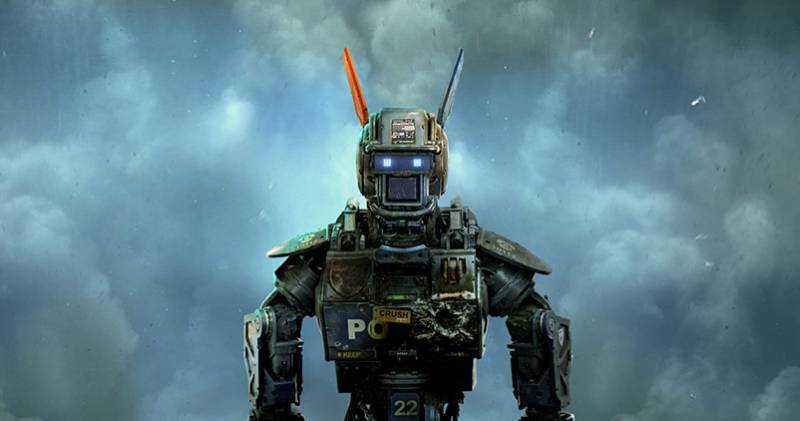


 Sign in with Google
Sign in with Google
Comments (0)